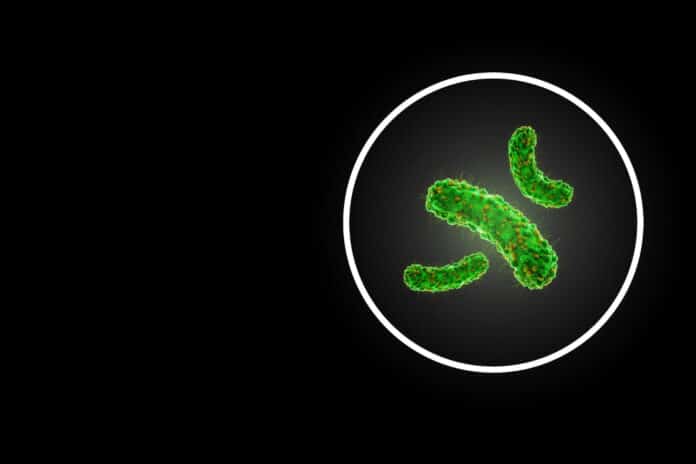On August 30, 2023, researchers from Imperial College London discovered that antibiotic-resistant bacteria become stronger when antibiotics kill the helpful bacteria in our guts. This discovery might help doctors assess patient risks and create new treatments to fight these vital bacteria.
Some antibiotics target only specific bacteria, while others work against a wide range, including harmful bacteria that cause sickness and helpful bacteria that aid digestion and other body processes.
One type of strong antibiotic called carbapenems can kill many kinds of bacteria. They are usually used as a last resort because they harm the helpful bacteria. However, some harmful bacteria, like E. coli, are even resistant to carbapenems. These harmful bacteria live in our guts and can cause severe infections in different body parts.
The new research shows how these vital bacteria that resist antibiotics grow even more in our guts after we take antibiotics. They spread and multiply, becoming a storehouse of disease-causing bacteria. This study’s findings were published in a journal called Nature Communications.
Understanding this process could help researchers develop treatments to stop these vital bacteria from growing, which could reduce infections that are hard to treat.
Getting more nutrients causes less trouble. The researchers wanted to know what happens when antibiotics are used. They did tests with human poop in the lab, studied mice, and looked at lab results for bacteria that resist carbapenem antibiotics.
Whether helpful or harmful, bacteria in our guts need food to grow. They tested antibiotics on poop samples and found that when the antibiotics killed the good bacteria, the bad ones could use the extra food because there was less competition.
The researchers also found that killing the good bacteria reduced waste products that stop harmful bacteria from growing. This made it easier for the harmful bacteria to grow and cause problems.
First author Alexander Yip, from the Centre for Bacterial Resistance Biology in the Department of Life Sciences at Imperial, said, “Understanding how antibiotics cause carbapenem-resistant Enterobacteriaceae to grow in the intestine means that we can develop new treatments to restrict their growth in the intestine, which will lead to a reduction in these antibiotic-resistant infections.”
Stopping the problem in its tracks Now, the team is trying to find ways to prevent this from happening. Their first step is to determine which good bacteria can fight against harmful bacteria when no antibiotics exist. They want to find out which good bacteria can use the same food and make things that stop harmful bacteria from growing.
With this knowledge, they want to create “microbiome therapeutics.” Dr. Julie McDonald, the study’s leader, said, “When someone takes antibiotics, we could give them special things that stop resistant bacteria from growing. After they stop taking antibiotics, we could give them a mix of good bacteria to help their gut get better. This would bring back the missing good things and stop bad bacteria from growing.”
These new treatments could lower the chances of patients getting harmful infections that can’t be treated well. They could also help people who usually have these harmful bacteria in their guts, like those who have been sick for a long time. And they might stop these harmful bacteria from spreading to other people.
For now, the researchers said their findings could help doctors lower patients’ chances of many harmful bacteria in their guts. For example, doctors could avoid giving antibiotics that make certain foods go up and certain things go down. They could also test poop samples from patients to check for these foods and items, so they know if someone might get these harmful bacteria.
Journal Reference:
- Yip, A.Y.G., King, O.G., Omelchenko, O. et al. Antibiotics promote intestinal growth of carbapenem-resistant Enterobacteriaceae by enriching nutrients and depleting microbial metabolites. Nature Communications. DOI: 10.1038/s41467-023-40872-z.
